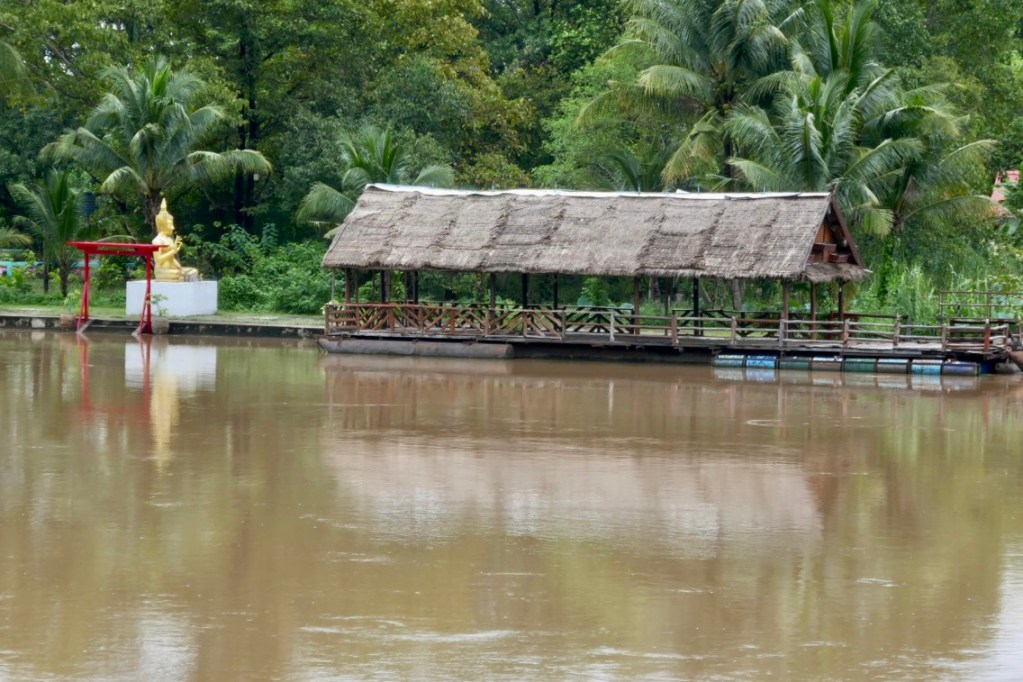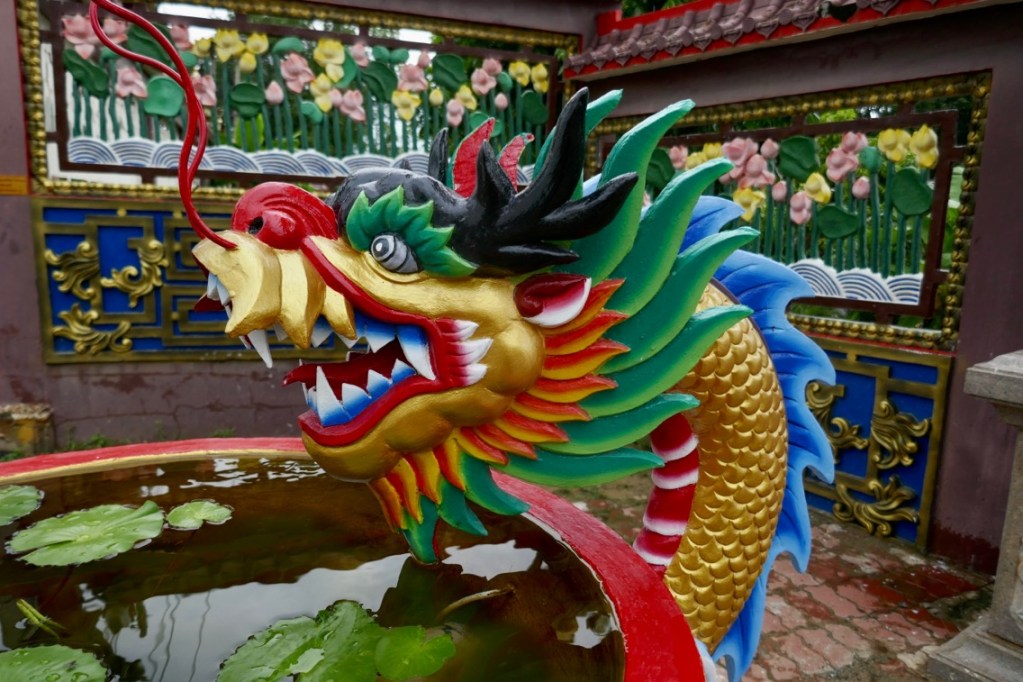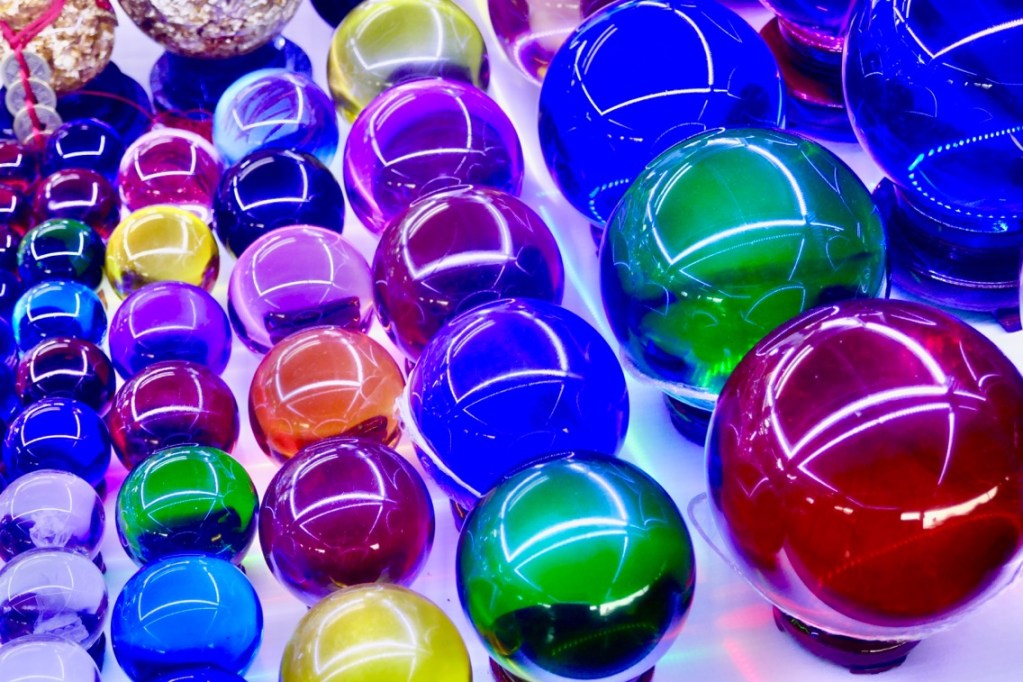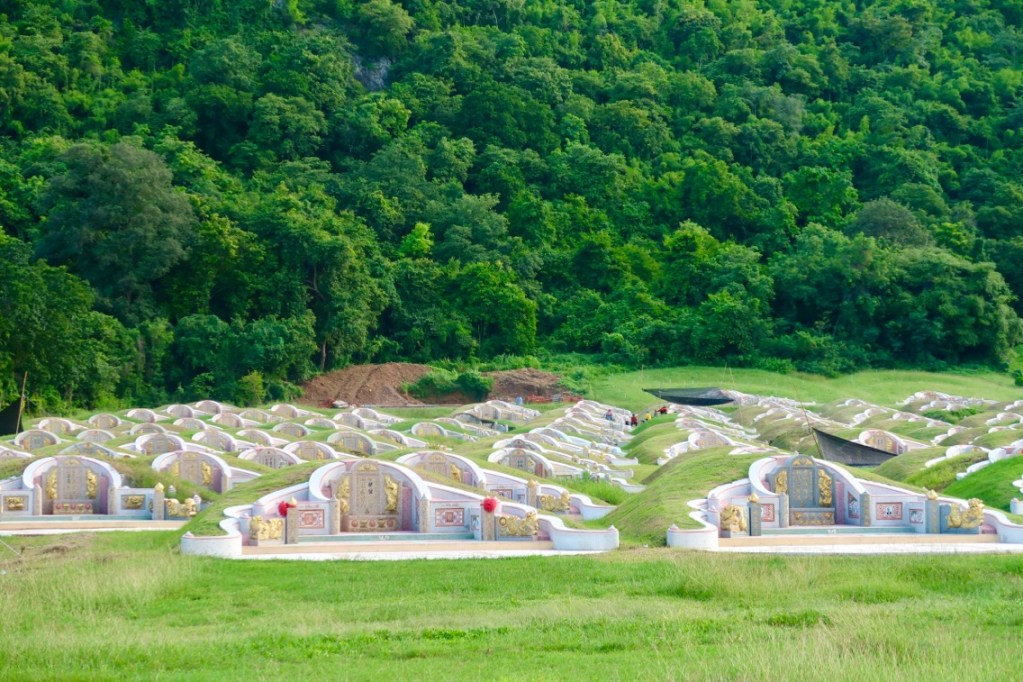Resting By The River Kwai In Kanchanaburi, Thailand











































Resting By The River Kwai In Kanchanaburi, Thailand
After a couple of weeks enjoying Bangkok, we headed northwest towards the river Kwai.
No matter how much we have enjoyed Bangkok, the time has come to move on.
Our next destination is Kanchanaburi, located on the river Kwai (also known as Khwae-Noi).
The area was once a scene of bloody war and much human suffering, but today it is a place of calm beauty that attracts many visitors.
The famous bridge over the Kwai River is located right in the middle of Kanchanaburi town.
In town, the river is not so wide, but north and south of the city, it is a very wide river, with muddy looking but actually very clean waters coming down from the Erawan and Sai Yok National Parks in the north.
The national parks are surrounded by primeval jungles, where tigers and elephants still roam free.
In the northern part of Kanchanaburi, about 60 kilometers out of town, tourists can stay in floating hotels on the wide river.
At first, we booked and paid for a few nights’ stay in a floating hotel.
It is now the end of the Monsoon rainy season in Thailand, and as our taxi drove out of Bangkok towards Kanchanaburi, it was apparent that the river was overflowing onto the roads.
In the town of Kanchanaburi, we got stuck in traffic with cars sharing one side of the road, since the other side had flood waters coming up to the engines of the cars.
Suddenly, driving farther north to stay in a rural floating hotel, without being able to go anywhere, did not seem like such a good idea.
I quickly searched for a well located hotel in Kanchanaburi city, where we could stay near many restaurants, a vibrant night market, a jewelry and gem market and many interesting Buddhist Wats (temples) to visit.
My search turned out to be fruitful, and I found a nice hotel that offered good last minute rates.
We asked our Grab-Taxi driver to take us there instead.
The hotel was old, but charming with amazing grounds with old trees, two large swimming pools and spacious rooms overlooking the river Kwai.
The hotel also has a jogging path for us to run in the mornings and a full size lap pool to swim after our run.
It is located on the quiet side of the city over the river, and to get to the town, we have to walk over the reconstructed metal bridge that was bombed during WW2.
The metal bridge was built during the Japanese occupation of Thailand at that time.
They used British POWs and Thai, Malay and Burmese slave laborers who were kept under awful conditions.
The work started in October, 1942 and was completed in a year.
The purpose of the bridge was for the Japanese army to have lines of transportation for vital supplies between Burma and Malaysia.
As part of the war effort to stop Japan from invading deeper into Asia, British and American air forces destroyed the bridge over the River Kwai.
The bridge was bombed at least ten times and an additional 40 kilometres of the transport line was also destroyed.
The connection with Burma had been cut, but what put an end to the war was the atomic bombing of Japan, which made the Japanese surrender.
Today, the Kanchanaburi is the third most popular destination for Thai people to visit.
The first is the Bangkok region, the second is Chiang Mai and the third is Kanchanaburi.
The bridge was reconstructed, and tourists come to cross it and take their photos, eat in the floating restaurants and visit the markets.
We loved our stay here.
We ran and swam in the mornings, visited the beautiful Buddhist Wats that are built on top of or on the sides of the mountains, rested in modern cafes with oat-milk Matcha lattes, ate well, and visited a great local night market full of Thai foods we had never tasted before.
With love and light,
Tali